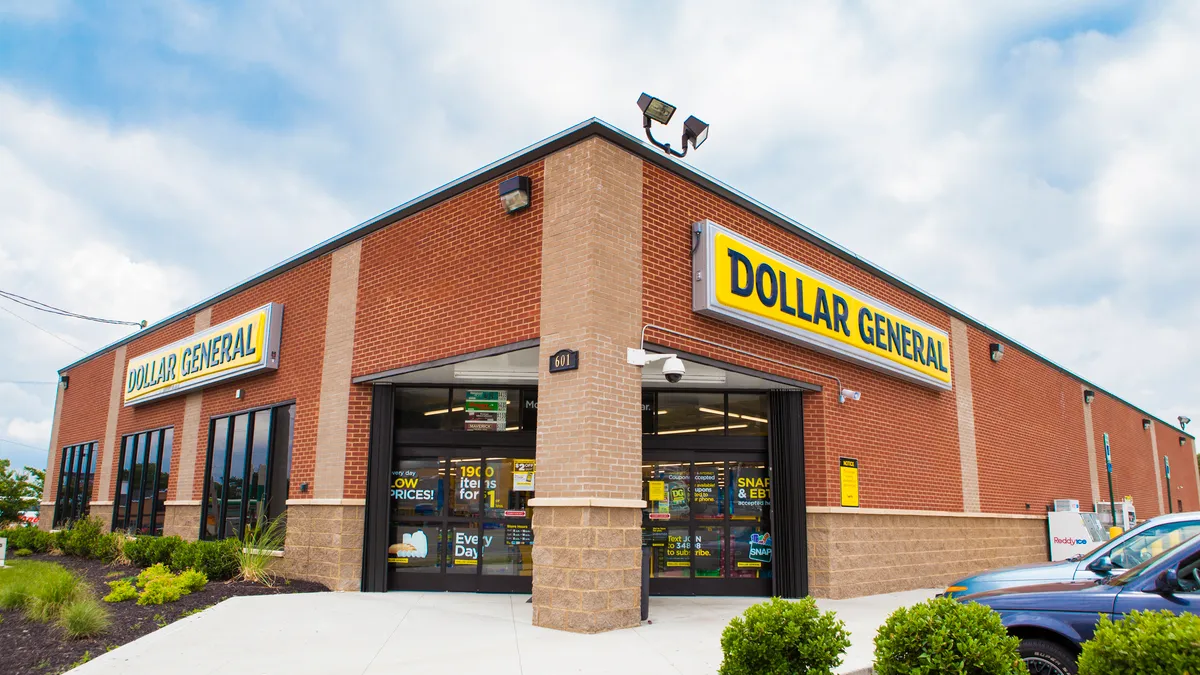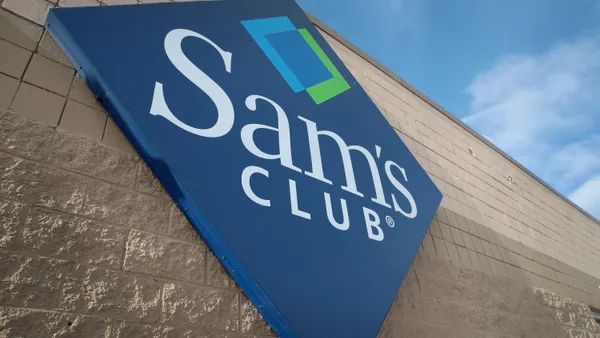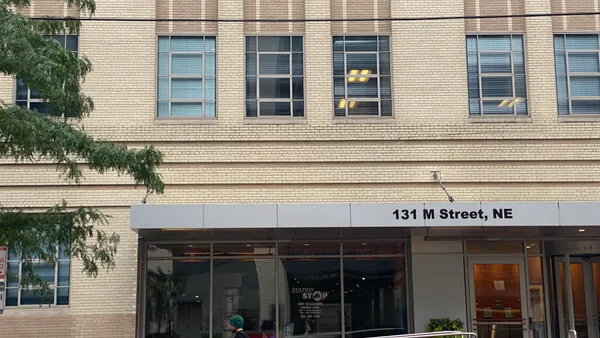Dive Brief:
- Less than a month after the U.S. Occupational Safety and Health Administration assessed Dollar General more than $1.6 million in safety penalties, the agency has proposed another $2.7 million for similar hazards, such as blocked exits and exposure to falling merchandise, in other stores, the U.S. Department of Labor announced Nov. 1.
- “Since 2017, Dollar General Corp. and Dolgencorp LLC have received more than $12.3 million in initial penalties for numerous willful, repeat and serious workplace violations,” DOL said. The latest penalties, based on 31 alleged violations at Dollar General stores in Alabama, Georgia and Florida, qualified the company for placement in OSHA’s Severe Violator Enforcement Program, according to the DOL.
- The SVEP is an enhanced inspection and enforcement effort designed to clamp down on repeat offenders. These are “employers who have demonstrated indifference to their occupational safety and health obligations through willful, repeated, or failure-to-abate violations,” an OSHA directive explains. Dollar General’s inclusion in the SVEP comes six weeks after the agency expanded its criteria to include violations of all hazards and a broader swath of industries, according to a Sept. 15 OSHA release. Prior to the change, employers landed in the SVEP for violating a limited number of standards, such as fall and excavation or trenching violations, Constructive Dive reported. Dollar General did not respond to a request for a comment before press time.
Dive Insight:
For several reasons, employers do not want land on the SVEP list, law firm posts warned in the wake of expanded program. For one, employers will face mandatory follow-up inspections, enhanced settlement provisions and federal court enforcement, the OSHA directive states. And follow-up inspections could result in additional citations and penalties, a September post from Fisher Phillips pointed out.
Employers might also be disqualified from bidding on certain jobs, Jackson Lewis attorneys Melanie L. Paul and Paige T. Bennett noted in an October post. Because OSHA makes the SVEP list publicly available, being in the program could damage a company’s reputation, they noted.
Under the new criteria, an employer can be placed in the program if inspectors find at least one willful, repeated violation, or a failure-to-abate violation, that resulted in an employee fatality or three or more employees being hospitalized, according to the directive. Employers are also subject to the SVEP if an inspection identifies two or more willful repeat violations, or a failure-to-abate violation, based on the presence of a “high gravity serious violation.” Per OSHA, this is a severe offense that has a high probability of occurring and carries a penalty of $14,502 per violation.
Employers can be potentially removed from the SVEP after at least three years have passed from the date they received verification that all SVEP-related hazards have been abated. All final penalties must be paid, and the sites involved must have passed a follow-up or referral inspection, according to the directive.
Companies can reduce the three years to two years if they agree to an enhanced settlement agreement. In such cases, the employer must develop and implement a safety and health management system (SHMS) within the two-year period, and implementation must be verified by a third party.
In addition to the blocked exits and exposure to falling items, Dollar General was also cited for storing boxes in front of electrical panels, exposing workers to electrocution by not properly closing electrical cabinets and not having stair handrails. Dollar General has 15 business days from the receipt of its citations and penalties to comply, request an informal conference or contest the findings, the DOL said.












